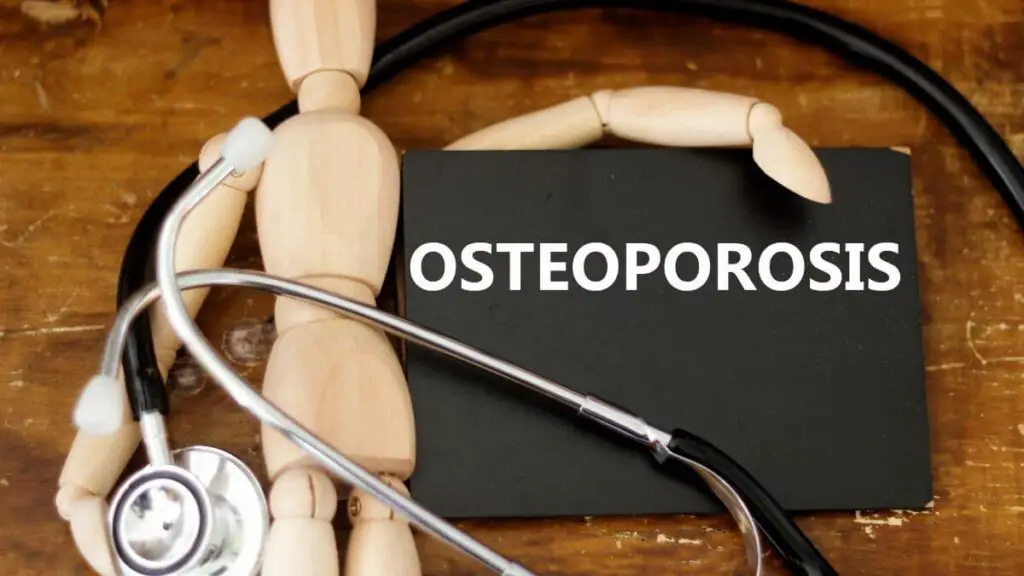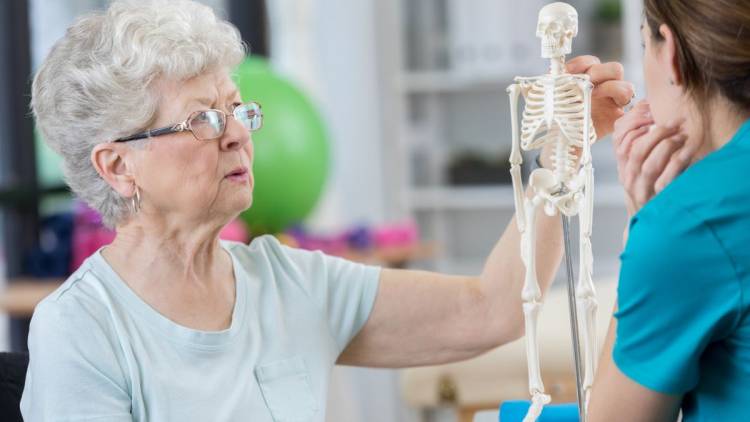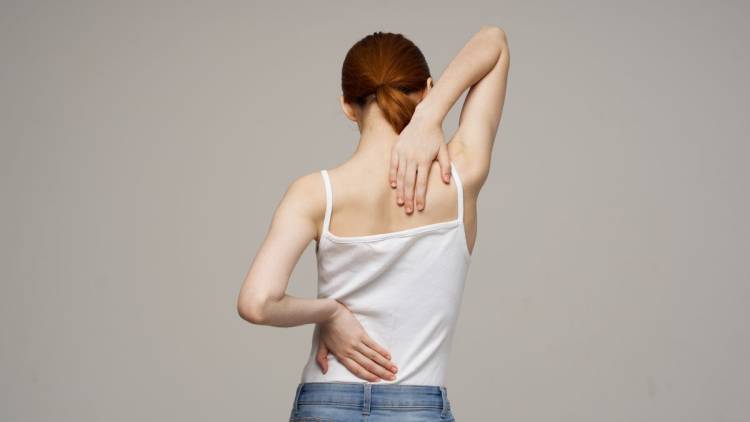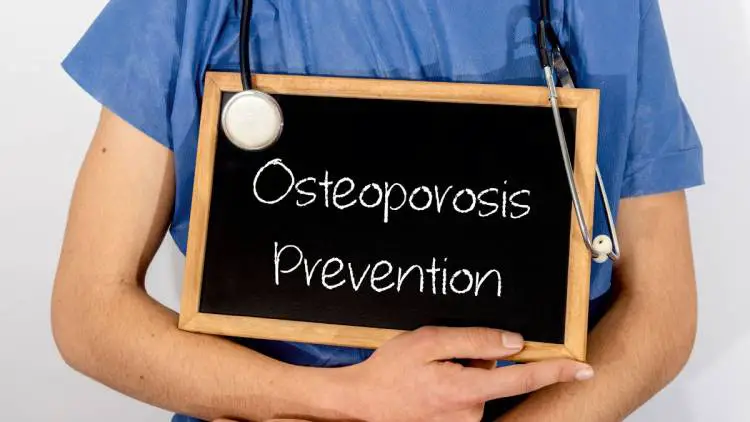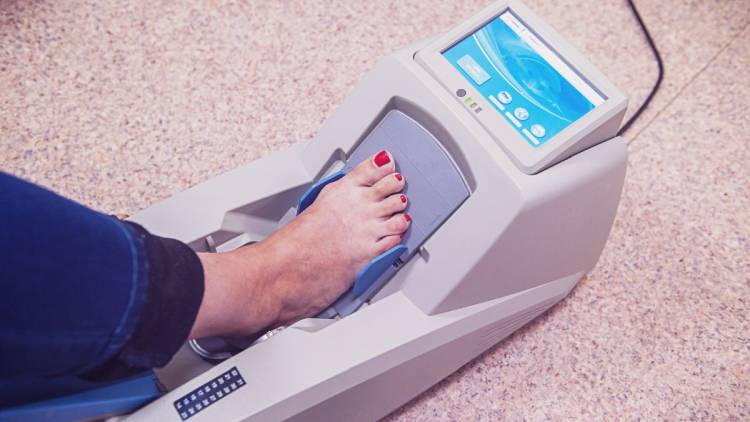Over the years, I’ve worked with many patients who have had osteoporosis. I have a soft spot in my heart for them. I taught a nutrition class in the community on how to reverse osteoporosis and the class was always full. In many cases, they came in wondering if osteoporosis can be reversed, and if not, what can they do to slow it.
The short and direct answer is no, osteoporosis cannot be reversed, nor is it curable. There are things that can be done to improve bone loss, however.
Many of the students, male and female, were over the age of 60 and serious about taking the situation into their own hands. They had often already suffered from a broken rib that resulted from something as simple as opening a window. Their bones and skeleton felt weakened, their posture was worsening, and they said to themselves that was enough, it was time to do something about it.
I’ll share what worked here and give some new information as well that can improve bone loss within a year or less.
Introduction
The word “osteoporosis” can be split into two Latin words, osteo for bone and porosis for porous. It means the bones are porous; they aren’t solid. Porous bones mean their composition of minerals (bone mass) is much lower than what it should be, and this ends up altering the very architecture of the bones. Osteoporosis makes bones fragile and it increases the risk of their fracture.
This is a serious condition because depending on where the bone is that fractures, it can end up causing disability. For example, if a vertebrae fractures, it may collapse onto itself, much like a building implodes. The problem is the immediate loss in height the person has, and if the collapse is lop-sided, which happens frequently, the person’s posture is immediately affected.
Now he or she is walking with one shoulder higher than the other, or a scoliosis (curvature of the spine). Sometimes the lop-sided collapse can be front to back, which now makes posture even worse because the person cannot stand up straight.
Osteoporosis Causes
Osteoporosis affects about 200 million people worldwide – and about 9 million fractures are caused by the disease. The fractures occur at the hip, vertebrae, and forearm. Hip fractures are notorious for ending up causing people to move out of their homes and into another temporary facility, but this can end up causing mortality and reduced quality of life.
Only 33% of senior women who have a hip fracture end up returning to an independent lifestyle.
Osteoporosis is divided into primary and secondary osteoporosis. Primary osteoporosis hits those in the postmenopausal years or those with senility. Secondary osteoporosis means that there’s another factor causing the disorder, such as medications (steroids and others), malabsorption of nutrients, and hyperparathyroidism.
Living a long life with a calcium intake that is too low causes osteoporosis.
Other diseases contributing to osteoporosis include Cushing’s disease, chronic renal failure, and hypothyroidism that is treated too overzealously.
Who gets osteoporosis is determined by yes answers to the following questions:
- Is your age over 65 (female) or 70 (male)?
- Are you female?
- Are you postmenopausal?
- Have you been diagnosed with premature ovarian failure?
- Have you been diagnosed with low body mineral density (osteopenia)?
- Are you Caucasian?
- Do you have rheumatoid arthritis?
- Do you have low body mass index (you are underweight)?
- Do you have a vitamin D deficiency?
- Is your calcium intake low?
- Do you smoke?
- Do you drink alcohol?
- Are you immobilized?
- Have you used any of these medications long-term: glucocorticoids (steroids), anticoagulants, anticonvulsants, aromatase inhibitors, chemotherapy, gonadotropin-releasing hormone agonists?
The more times you answer “yes,” the higher your odds are of getting osteoporosis.
5 Symptoms of Osteoporosis
The 5 symptoms of osteoporosis include:
- acute back pain (it comes on suddenly) caused by a vertebrae collapsing on itself, called a compression fracture,
- groin or thigh pain caused by a hip fracture that occurs without any real cause,
- kyphosis where the spine curves forward,
- respiratory compromise from vertebral fractures, and
- high risk for developing pneumonia from vertebral fractures.
Osteoporosis is a silent disease and often it’s not diagnosed until a fracture happens. However, a DEXA scan (type of x-ray) may view the bones and discover osteoporosis long before a fracture occurs.
Bone mineral density gives doctors a T-score which should be above 1 standard deviation for normal bone mineral density. If the T-score is between -1 and -2.5, it’s low bone density, and less than 2.5 standard deviations is osteoporosis.
Can Osteoporosis be Reversed?
Most medical doctors will tell you that osteoporosis cannot be reversed. This doesn’t tell the entire story, however, as I’ve seen patients reverse their osteoporosis consistently over the years when their nutrition is addressed at a deep level.
Since osteoporosis is a bone mineral density problem, the root cause of it is not enough minerals in the bones. Putting those minerals back into the bone has to be most of the solution. Doing anything else besides putting the minerals back in can only have marginal results. This is why most drug therapies for osteoporosis never bring outstanding results.
Some drugs such as zoledronic acid, denosumab, or alendronate reduce the risk of fracture at vertebrae and non-vertebral sites but they do not build bone. Alendronate my reduce the rate of hip, spine, and wrist fractures by 50%. Risedronate may reduce vertebral and nonvertebral fractures by 40% over three years, and zoledronic acid reduces the rate of spine fractures by 70% and hip fractures by 40% over three years. The question is are these results the best that modern medicine can offer – because frankly they aren’t good enough.
Bisphosphonates developed a bad reputation over the last few decades as they caused death of the jawbone in a significant number of patients. These drugs are expensive and it still hasn’t been proven that they can reduce fractures.
Osteoporosis Rate of Progression
Aging is a big problem for those who are aging because the rate of bone cells that are building is not great enough to counteract the destruction of bone cells. There’s always a ratio of bone building to bone destruction that occurs in the body. When we are young, that ratio is higher than what it is in older age. If you destroy more bone than what is built, you end up with less bone and thus osteoporosis over time.
How to Stop Further Bone Loss
In nutrition school at Northern Illinois University, our instructor taught us that thinking that osteoporosis would only get better if you provided enough calcium was simplistic thinking and that bone needs more than 10 different nutrients: vitamin D, calcium, vitamin K, magnesium, silicon, boron, zinc, manganese, copper, and vitamin C.
Sixty percent of the body’s magnesium is found in bone. Calcium and phosphate are the two minerals responsible for most of the bone mass. Bone is a metabolically active tissue that responds to alterations in dietary intake and nutritional status.
Yet, the only thing you’ll hear most health practitioners discuss in relationship to osteoporosis is calcium and vitamin D. This is short-sighted and the reason why more healing from osteoporosis is not occurring.
- Dietary silicon intake of 40 mg/day increases bone mineral density. Women’s average intake is 18 mg per day.
- Not enough vitamin K causes osteopenia and increased fracture risk while supplementation reduces bone turnover and improves bone strength. Supplementation is usually 100 ugm per day but those on anticoagulants need monitoring.
- Boron stabilizes and extends the half-life of vitamin D and estrogen. It improves calcium and magnesium retention by the kidneys.
- Vitamin C is essential for the formation of collagen and for fractures to heal. Increase bone mineral density has been seen in postmenopausal women taking vitamin C supplements.
- Inositol increases calcium uptake in bone.
- Eating a low phytate diet has been associated with osteoporosis.
- Studies where arginine, inositol and silicon were taken together demonstrated increased bone mineral density and increased bone strength.
- Vitamin D is difficult to get from dietary sources alone.
- Zinc promotes bone regeneration.
- The recommended dietary allowance of calcium is 1,200 mg per day but the majority of women older than 40 years old consume < 600 mg/day. Low calcium intake correlates with increased risk of hip fracture.
- Only 20 minutes of modest impact activity, resistance training, or vibration therapy three times a week can improve bone mineral density.
Besides micronutrients, we must also consider macronutrient influence over bone composition. Not enough protein in the diet will result in low bone mineral density.
And lack of instances where exercise causes mechanical loading of the bones will surely cause bones that are weak. This is why bodybuilders have strong bones. Also, estrogen deprivation takes a toll on the bones as well.
Some of the Latest Studies
Bone mineral density builds quickly when you are young. But with new methods to build bone density, you can get over osteoporosis within a year or two. You’ll need an excellent nutritionist to help you set up a supplement program that includes all the vitamins and minerals that your body is lacking to replenish them.
You’ll also need access to some of the latest bone building equipment. One of them, called BioDensity, for example, offers maximum bone rebuilding with only one 15-20 minute session a week due to the direct action on bone remodeling it causes over the course of 12 weeks. It puts mechanical loading onto the bones so that they will automatically begin remodeling themselves.
Weight bearing exercise has, of course, also been known to build bone. For seniors, this could mean getting the right type of exercise equipment. Just make sure to check with your doctor before starting a new exercise routine.
Pulsed electromagnetic field (PEMF) therapy has long been used for building up the microarchitecture of bones as well as for non-healing bone fractures. If your health care team takes a more wholistic view of your healing, PEMF may be included. But doing it yourself may be a better answer.
- Harnesses Earth's Magnetic Field - Instantly feel the mending, soothing sensation of this gentle low-intensity magnetic field. It's a brilliant and effective technology to alleviate sore muscles, neck, back, legs and much more.
- Full Body Mat for All-Over Relief - We feel small pads and devices that only affect one small area aren't the answer. This full-body sized mat gives you an all-over experience that can't be beat. Step up to this smarter way to experience the full power of modern Magnetic Field Therapy.
There are PEMF mats you can use that you sleep on at night that will give your bones the stimulation needed at night. However, these are not for those who have pacemakers. No matter what, remember that there are solutions for osteoporosis. I’ve seen too many patients recover to know that modern medicine’s bad prognosis for it is false.

